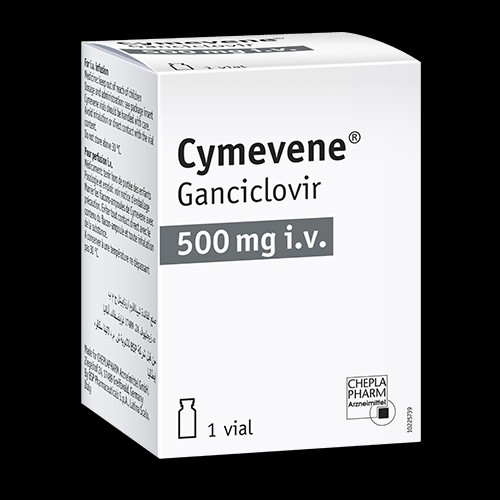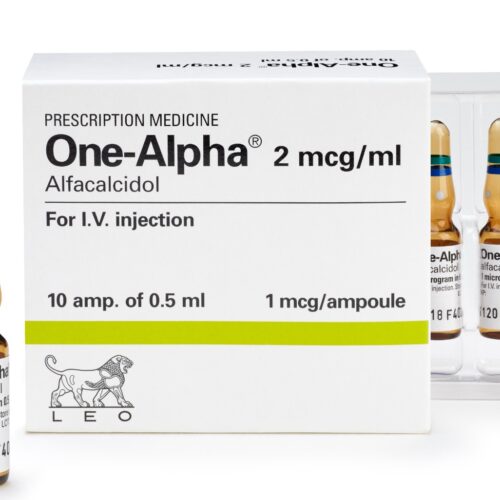Description
Description
Active ingredient: Etoposide
Each capsule contains 50 mg etoposide
VEPESID is the brand innovator for Etoposide – FDA approved.
Indications:
Recurrent or refractory testicular cancer
VEPESID is indicated in combination with other approved chemotherapeutic agents for the treatment of recurrent or refractory testicular cancer in adults.
Small cell lung cancer
VEPESID is indicated in combination with other approved chemotherapeutic agents for the treatment of small-cell lung cancer in adults.
Hodgkin’s lymphoma
VEPESID is indicated in combination with other approved chemotherapeutic agents for the second line treatment of Hodgkin’s lymphoma in adults. Non-Hodgkin’s lymphoma VEPESID is indicated in combination with other approved chemotherapeutic agents for the treatment of relapsed or refractory non-Hodgkin’s lymphoma in adults.
Acute myeloid leukaemia
VEPESID is indicated in combination with other approved chemotherapeutic agents for the treatment of relapsed or refractory acute myeloid leukaemia in adults.
Ovarian cancer
VEPESID is indicated in combination with other approved chemotherapeutic agents for the treatment of non-epithelial ovarian cancer in adults.
VEPESID is indicated for the treatment of platinum-resistant/refractory epithelial ovarian cancer in adults.
Dosage and route of administration
The dose of VEPESID capsules is based on the recommended intravenous
dose taking into account the dose-dependent bioavailability of VEPESID capsules. A 100 mg oral dose would be comparable to a 75 mg intravenous dose; a 400 mg oral dose
would be comparable to a 200 mg intravenous dose. Within-patient variability in exposure (i.e. between cycles) is larger with oral administration than after intravenous administration.
Monotherapy
The usual dose of VEPESID administered orally is 100 to 200 mg/m2/day on days 1 to 5 or 200 mg/m2/day on days 1, 3 and 5 every 3 to 4 weeks. Daily doses greater than 200 mg should be divided and given twice per day.
Combination therapy
The usual dose of VEPESIDadministered orally is 100 to 200 mg/m2/day on
days 1 to 5 or 200 mg/m2/day on days 1, 3 and 5 every 3 to 4 weeks in combination with other drugs approved for use in the disease to be treated.
Dosage should be modified to take into account the myelosuppressive effects of other drugs in the combination or the effects of prior radiotherapy or chemotherapy which may have compromised bone marrow reserve. The doses after the initial dose should be adjusted if neutrophil count is below 500 cells/mm3 for more than 5 days. In addition, the dose should be adjusted in case of occurrence of fever, infections, or at a thrombocyte count below 25,000 cells/mm3
, which is not caused by the disease. Follow up doses should be adjusted in case of occurrence of grade 3 or 4 toxicities or if renal creatinine clearance is below 50 ml/min. At decreased creatinine clearance of 15 to 50 mL/min a dose reduction by 25% is recommended.
Alternative dosage schedule
An alternative dosage schedule for VEPESID capsules is 50 mg/m2/day for 2 to 3 weeks, with courses repeated after a one week rest period or upon recovery from myelosuppression.
Neutropenia and thrombocytopenia
Patients should not begin a new cycle of treatment with VEPESID if the neutrophil count is less than 1,500 cells/mm3 or the platelet count is less than 100,000 cells/mm3unless caused by malignant disease.
Elderly population
No dosage adjustment is necessary in elderly patients (age > 65 years old), other than based on renal function.
Paediatric population
The safety and efficacy of VEPESID in children below 18 years of age have not been established. Currently available data are described in section 5.2 but no recommendation on a posology can be made.
Renal impairment
In patients with impaired renal function, the following initial dose modification should be considered based on measured creatinine clearance
In patients with creatinine clearance less than 15 mL/min and on dialysis further dose reduction is likely to be required as etoposide clearance is further reduced in these patients. Subsequent dosing in moderate and severe renal impairment should be based on patient tolerance and clinical effect. Since etoposide and its metabolites are not dialyzable, it can be administered pre- and post-haemodialysis.
Method of administration
Capsules should be taken on an empty stomach..




